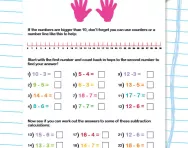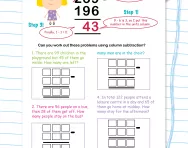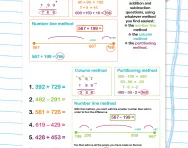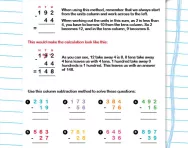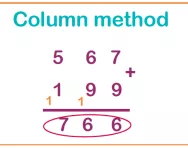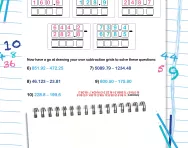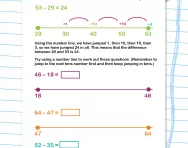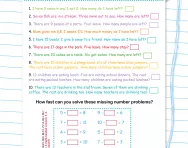Important update from TheSchoolRun
For the past 13 years, TheSchoolRun has been run by a small team of mums working from home, dedicated to providing quality educational resources to primary school parents. Unfortunately, rising supplier costs and falling revenue have made it impossible for us to continue operating, and we’ve had to make the difficult decision to close. The good news: We’ve arranged for another educational provider to take over many of our resources. These will be hosted on a new portal, where the content will be updated and expanded to support your child’s learning.
What this means for subscribers:
- Your subscription is still active, and for now, you can keep using the website as normal — just log in with your usual details to access all our articles and resources*.
- In a few months, all resources will move to the new portal. You’ll continue to have access there until your subscription ends. We’ll send you full details nearer the time.
- As a thank you for your support, we’ll also be sending you 16 primary school eBooks (worth £108.84) to download and keep.
A few changes to be aware of:
- The Learning Journey weekly email has ended, but your child’s plan will still be updated on your dashboard each Monday. Just log in to see the recommended worksheets.
- The 11+ weekly emails have now ended. We sent you all the remaining emails in the series at the end of March — please check your inbox (and spam folder) if you haven’t seen them. You can also follow the full programme here: 11+ Learning Journey.
If you have any questions, please contact us at [email protected]. Thank you for being part of our journey it’s been a privilege to support your family’s learning.
*If you need to reset your password, it will still work as usual. Please check your spam folder if the reset email doesn’t appear in your inbox.
What is 'the difference between'?
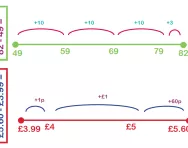
What is 'the difference between'?
Teachers will often ask children to find the difference between two numbers. It can take children a while to work out what this means (if you ask a child what the difference is between 7 and 8, they might say the 7 is made of straight lines and the eight is made of curvy lines... quite a logical answer!)
It is important that children learn that when we say: 'What is the difference between 1 and 6?' we mean: 'How many numbers do you count up from 1 to get to 6?' or 'What is 6 subtract 1?'
Children can be encouraged to use their fingers or a number line to work out the answer. If they used their fingers, they would need to have the 1 in their head, then count on their fingers to get to 6, holding up 5 fingers, which is their answer.
If they used a number line, they could put their finger on the 1 and then 'jump' up to get to the 6, counting as they go along:
Finding the difference: different methods used in primary school
As children progress further up primary school, they may be asked to find the difference between bigger numbers, for example: 'What is the difference between 56 and 72?' There are a number of different ways a child could work this out. Here are a few:
Subtraction on a number line (complementary addition or the jump strategy)

Subtraction column method
Subtraction: partitioning method
It is very important that children become confident in finding the difference between two numbers (up to four digits) by the end of Year 4. In Years 5 and 6 a lot of the emphasis is on multiplication, division, decimals, fractions and percentages, whereas addition and subtraction will not be practised as much. Therefore, children need to be confident in their mental and written subtraction before moving onto later Key Stage 2.


